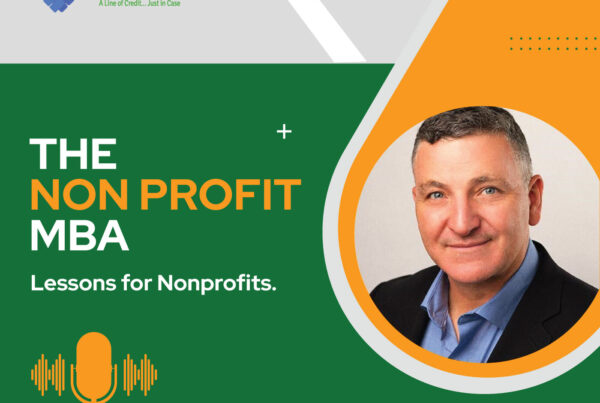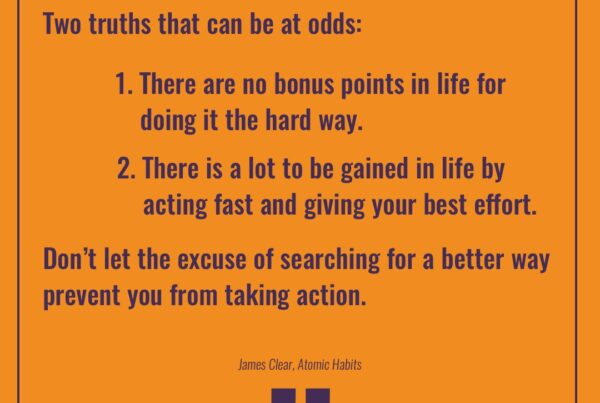Money is one of the most central issues of our life. It was created from our own genius to allow us to share our goods and services with each other. It flows around the planet all day long stopping by to do some good and then moves on to the next person or project.
As social profit organizations are deep into the final quarter of the year, wishing, hoping, or praying to have enough money to end the year, I ask you this question: Have you been talking about money ALL YEAR LONG?
Have you made sure to connect with your donors and volunteers about what they are doing with THEIR money this year? Have you shared what your programs cost per person? Per week or day? Have you helped to shed the stigma about talking about money?
Have you compelled your community to KNOW for certain the impact you are having and why you might need more dollars by year-end?
After giving some advice about the content for a year-end appeal on a client phone call this past week, someone asked: “Is this a new trend to be telling how much our programs cost and what our financial goals are?“ After my stunned pause I said, “It’s just good communication. I’m not sure if that means it’s a trend or not.”
The question caused me to realize that because talking about money is not in our nature we often keep important compelling information from our donors and volunteers. Why would they want to give us their money if we are not comfortable talking about what it will do to help our organization?
I believe it’s our sacred role as development officers, executive directors, and fundraising professionals AND board members to talk about money and its magic in helping to produce the results of each of our organizations. That includes talking about the costs and our financial goals each year. Not by sharing the boring budget information, but by sharing a compelling story about how MY gift will make a difference.
This is an excerpt from my Sustainable Strategies workshop.
It’s a reminder to talk about money all year-long. And do that in person, on the phone, at meetings, during speeches. Remove some of the stigma and fear about costs and money but making it interesting, compelling and understandable. If you are worried about year-end dollars, make some calls and get connected with key donors. Tell some stories about the impact of your programs and remember to include some information about the incredible value and impact of your programs or services.






